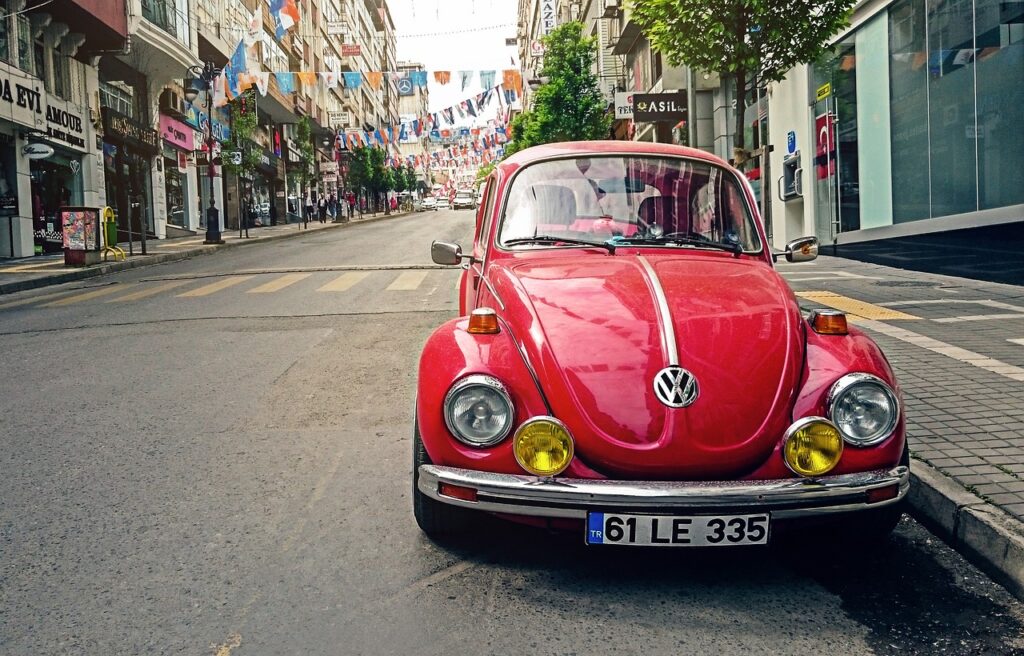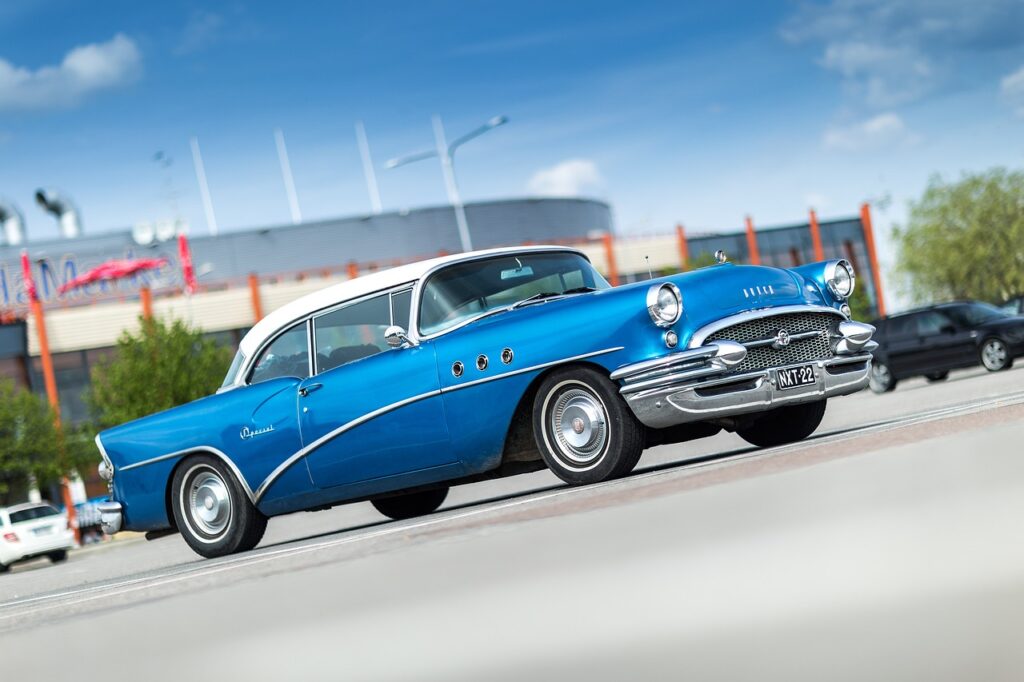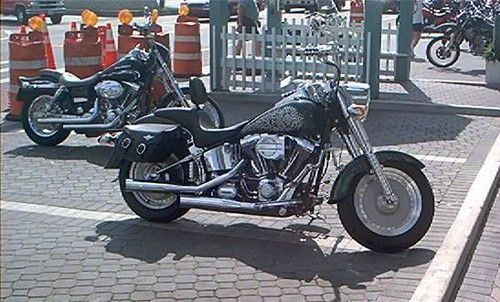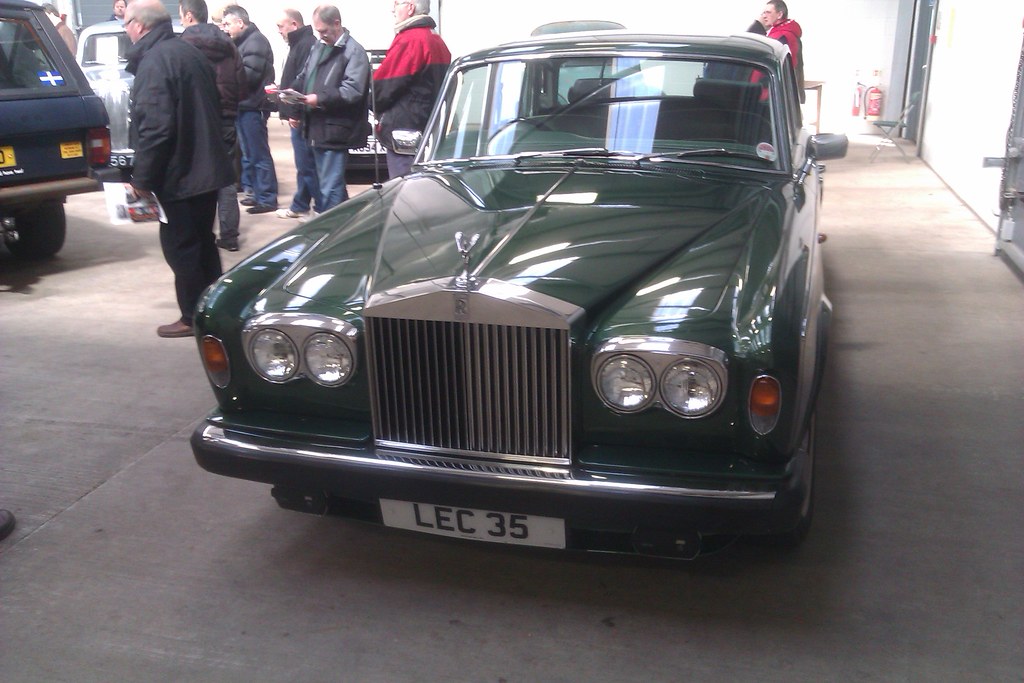
Owning a classic car is like possessing a tangible piece of history, a work of art on wheels that embodies an era of meticulous design and craftsmanship. These timeless beauties carry stories from decades past, offering a unique driving experience that modern vehicles simply cannot replicate. However, with the immense pride of ownership comes an equally significant responsibility: maintaining these vintage gems requires a level of dedication and specialized knowledge that goes far beyond routine modern car care.
To ensure your vintage vehicle remains in pristine condition, preserving both its value and its performance for years to come, a proactive approach to maintenance is absolutely essential. The charm of a classic car truly goes hand in hand with responsible upkeep, where a steadfast commitment to essential practices not only safeguards a cherished piece of automotive heritage but also guarantees a rewarding and reliable driving experience. This guide aims to empower every enthusiast, from seasoned collectors to new entrants into the vintage automobile world, with the expert insights and actionable advice needed to keep their classic cars running smoothly and looking stunning for generations.
This in-depth exploration will simplify the complexities of classic car maintenance, drawing on authoritative knowledge to provide practical, problem-solving solutions. We will navigate through crucial areas, from understanding what truly defines a classic to the intricate care of its engine, fuel system, electrical components, and braking mechanisms. By adopting these proven strategies and embracing the spirit of preventative care, you can ensure your beloved classic not only endures but continues to thrive on the open road.

1. **Defining and Understanding Classic Car Maintenance**
Understanding what qualifies a vehicle as a ‘classic car’ is the foundational step in approaching its maintenance with the right mindset. While definitions can vary, a classic car is typically described as a vehicle that is at least 20 years old, possessing historical significance or a notably distinctive design. Various organizations may classify vehicles differently, but many commonly consider cars from 1980 or earlier as definitive classics, sometimes including models that have been discontinued or have achieved an iconic status within automotive history.
Establishing a car’s classic status often relies on official documents, such as its registration or title. This designation carries significant implications for an owner, as it directly impacts the ease of gathering specialized parts, dictates available insurance options, and influences eligibility for participation in exclusive classic car events or shows. Recognizing these parameters helps owners appreciate the unique heritage and specific needs of their vehicle, setting the stage for appropriate care.
Regular maintenance is not merely a recommendation; it is an imperative for classic cars, crucial for preserving both their performance and their intrinsic value. A consistent adherence to a well-planned maintenance schedule is the primary defense against the natural deterioration that accompanies age and the potential issues arising from limited use. Without diligent care, components can degrade, leading to costly repairs and a diminished driving experience.
This fidelity to maintenance can prevent premature aging and wear, ultimately enhancing both the pleasure derived from driving the car and its potential resale value. For these reasons, many classic car owners consider seeking assistance from car service professionals. This approach offers peace of mind, ensuring the vehicle receives the expert attention it deserves, and allows for the early identification of any issues, thereby keeping the vehicle in the best possible condition for decades to come.
Read more about: Hybrid Cars in 2025: A Comprehensive Consumer Guide to Value, Performance, and Whether They’re Still Worth Your Investment
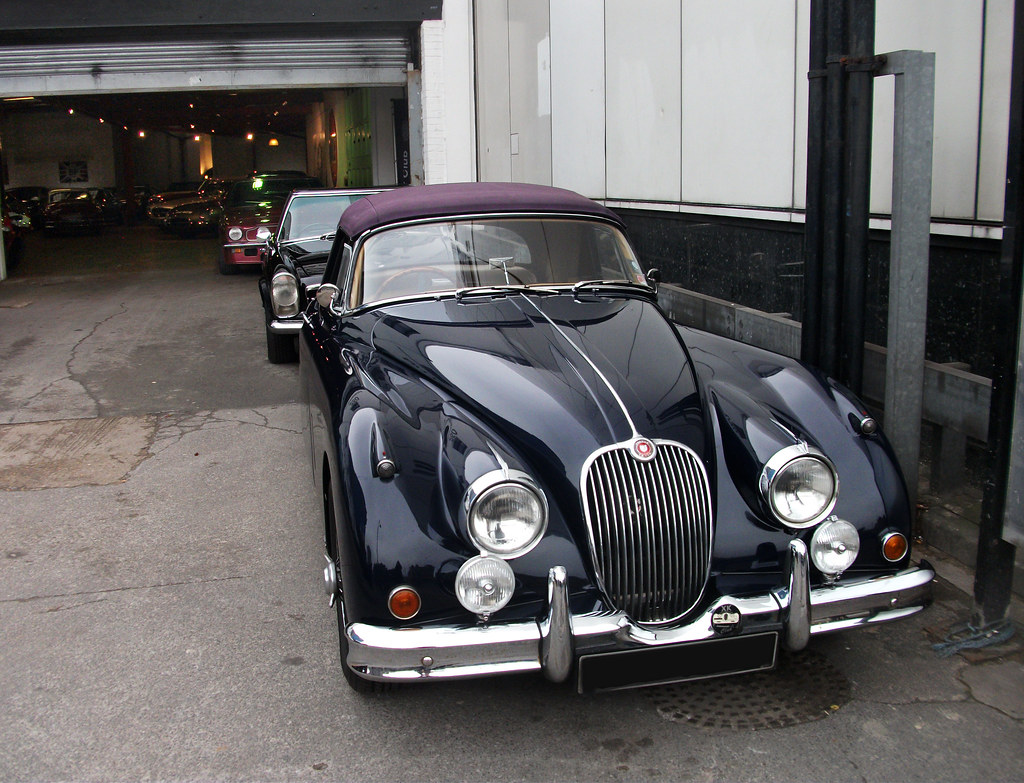
2. **Initial Inspection and Assessment**
Before embarking on any maintenance regimen, a thorough initial inspection and assessment of your classic car’s current condition is absolutely crucial for effective and targeted care. Begin with a comprehensive visual inspection, meticulously examining the exterior for any signs of rust, damage, or general wear on both the body and the undercarriage. Particular attention should be paid to vital components, including the engine, transmission, and suspension systems, as these are central to the vehicle’s structural and operational integrity. Additionally, inspect the tires for any indications of uneven wear and diligently check the condition of the brakes.
Once the exterior assessment is complete, shift your focus to the interior. Carefully inspect the dashboard, seats, and upholstery for any tears, fading, or sun damage that may have occurred over time. It is also important to confirm that all gauges and lights are fully functional. Any issues discovered during these visual checks, whether internal or external, should be meticulously documented. This detailed record will serve as a valuable reference, informing all subsequent maintenance actions and helping to prioritize necessary repairs.
Beyond static visual checks, a thorough test drive is an indispensable step in revealing hidden problems that might not be apparent otherwise. During the drive, listen intently for any unusual noises emanating from the engine, transmission, or suspension. Pay close attention to the vehicle’s handling characteristics and braking response, noting any deviations from expected performance. Many potential mechanical issues can often go completely unnoticed without this essential, dynamic evaluation, making the test drive a critical diagnostic tool for classic car owners.
Following a detailed assessment, establishing a tailored maintenance schedule becomes paramount for preserving your classic car’s value and ensuring its long-term reliability. This schedule must be specifically designed to address the unique needs and characteristics of your particular vehicle. Start by identifying all essential tasks, such as regular oil changes, comprehensive brake inspections, and routine fluid level checks. While not explicitly presenting a table here, organizing these tasks by mileage and time intervals can provide a clear and actionable roadmap for consistent care.
Read more about: Safety Shames: Unpacking the Hidden Dangers of 10 Iconic Classic Cars on Modern Highways
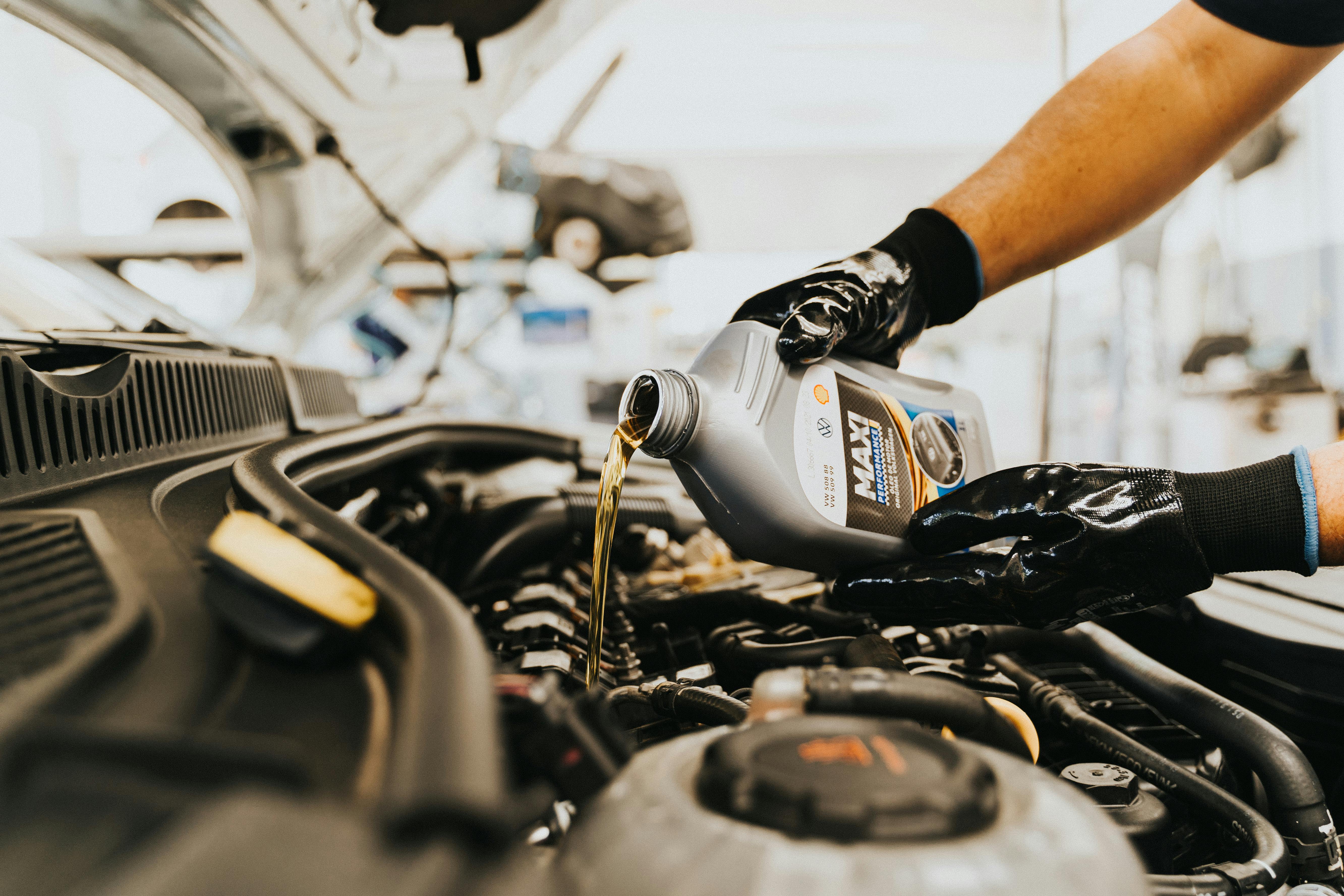
3. **Engine Care and Lubrication**
Regular engine maintenance forms the core of ensuring a classic car’s sustained performance and longevity. Changing the engine oil consistently is essential for maintaining engine health, as classic cars frequently demand a specific type of oil tailored to their original design and age. It is generally recommended that the oil be changed every 3,000 to 5,000 miles, or at least annually, whichever milestone is reached first. This frequent replacement schedule helps to prevent the degradation of lubricating properties and the buildup of harmful contaminants.
Equally important is the selection and regular replacement of the correct oil filter. High-quality filters play a critical role in preventing contaminants from circulating within the engine, a process that can lead to accelerated wear and tear on internal components. During each oil change, it is also vital to meticulously inspect the oil level, noting any unusual changes in color or the presence of leaks, which could signal more significant underlying issues that require immediate attention. Taking assistance from professionals, such as those from firms like Hollenshades Auto Service, can help in identifying and completing these specific services properly.
Maintaining the cooling system is paramount to ensuring optimal engine temperature and, crucially, preventing overheating, which can cause severe damage to classic engines. Regular inspections of the radiator, hoses, and coolant levels are necessary to confirm the system’s efficiency. Owners should make it a practice to flush the cooling system every couple of years; this removes accumulated debris and prevents corrosion, which can compromise the system’s effectiveness. Using the correct type of coolant is also essential, especially in classic cars, as some models may require specific antifreeze mixtures to suit their unique engine compositions.
Checking for leaks throughout the cooling system should be a routine part of your maintenance schedule. Even minor leaks can lead to significant issues, and early detection can prevent far more costly repairs down the line. A properly functioning cooling system is not just about preventing overheating; it’s about maintaining the overall health and reliability of your classic engine, ensuring it operates within its designed temperature parameters, especially during varied driving conditions.
Read more about: Remember Them? 13 Basic Engines Who Absolutely Survived It as Long-Haul Warriors.
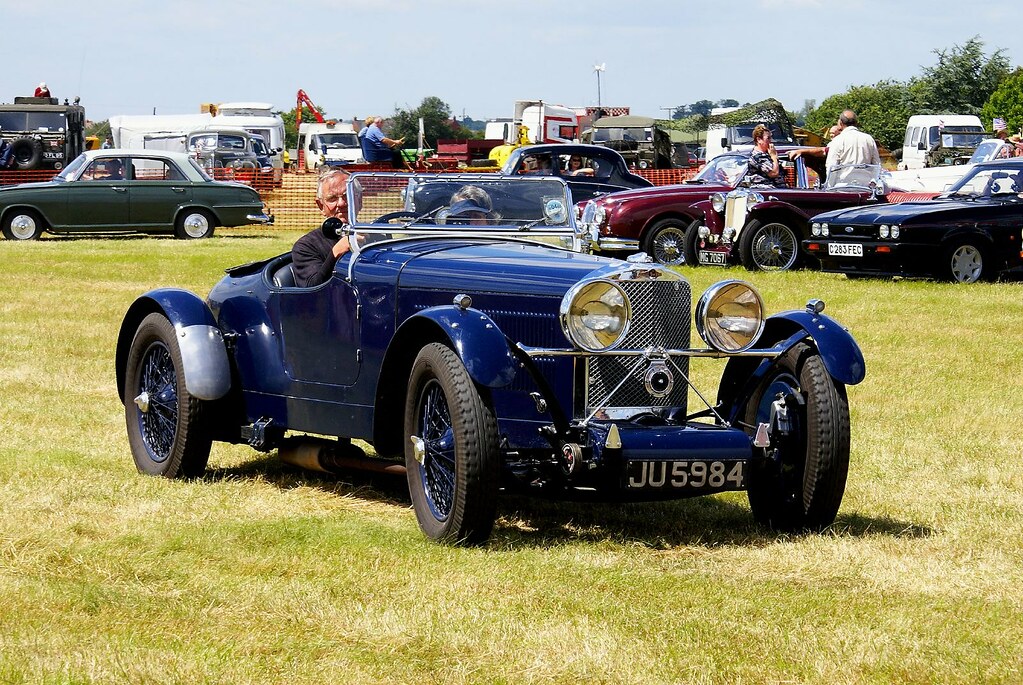
4. **Optimizing the Fuel System**
Proper maintenance of the fuel system is unequivocally critical for the sustained performance and longevity of any classic car. This crucial aspect of vehicle care directly impacts optimal fuel delivery and overall engine efficiency. For these vintage machines, attention to detail in two key areas—carburettor adjustments and fuel line inspections—is absolutely essential to keep the engine running smoothly and reliably, reflecting the craftsmanship of its original design.
Carburettor tuning represents a delicate yet vital art for maximizing engine performance. It involves precisely adjusting the air-fuel mixture to achieve the perfect balance required for efficient combustion. Over the passage of time, carburettors can naturally become misaligned or out of sync, often due to general wear and tear, or even due to changes in modern fuel types that differ from what the vehicle was originally designed to use. This necessitates periodic fine-tuning to restore and maintain the carburettor’s intended operational effectiveness.
Several key adjustments must be performed to ensure proper carburettor function and optimal fuel efficiency. The Idle Mixture Screws, for instance, control the precise amount of fuel mixed with air when the engine is idling, and these must always be set according to the manufacturer’s original specifications. Similarly, ensuring the Float Level is properly adjusted is vital to maintain consistent fuel levels within the carburettor bowl. Furthermore, checking the Choke Operation to confirm it opens fully when the engine is warm prevents an overly rich mixture that can lead to poor performance and increased fuel consumption. Consistent inspection and adjustment of these elements can significantly enhance both throttle response and fuel economy, making for a much more enjoyable classic driving experience.
Inspecting fuel lines is a critical preventative measure, absolutely essential for preventing dangerous leaks and ensuring consistent fuel delivery to the engine. Classic cars frequently utilize rubber hoses within their fuel systems, which, regrettably, can deteriorate and become brittle or cracked over time due to age and exposure. Regular checks should meticulously focus on the Condition of Hoses, looking for any signs of cracks, bulges, or general wear. Any damaged lines must be replaced immediately to avert potential fire hazards or fuel starvation issues. It is equally important to examine all Connections and Fittings, ensuring they are secure, tight, and completely free from any signs of corrosion. Lastly, replacing Fuel Filters at regular, recommended intervals is crucial for preventing clogs that can severely impede engine performance and reliability. Adopting a proactive approach to these fuel line inspections can help owners circumvent costly repairs and maintain the vehicle’s inherent reliability.
Read more about: Unleashing the Powerhouses: The 8 Best Midsize Pickup Trucks of 2026 for Superior Towing Performance
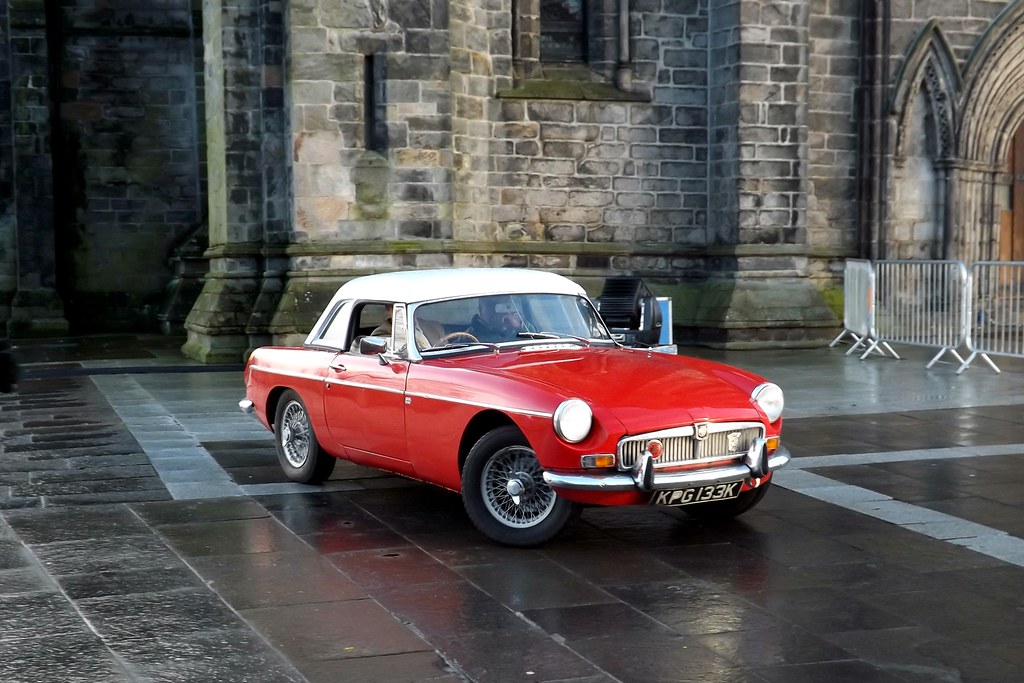
5. **Electrical System Reliability**
Maintaining the electrical system in a classic car is paramount for ensuring its reliable operation and preventing unexpected breakdowns. At the heart of this system lies the battery, and regular battery maintenance is essential for both its longevity and the overall reliability of the vehicle. Consistently checking the battery’s charge level helps to preempt unexpected failures, especially for vehicles that might sit unused for extended periods. It is also highly advisable to diligently clean any corrosion from the battery terminals, as this ensures a good electrical connection and prevents power loss.
To sustain optimal battery health, periodic testing with a multimeter is crucial to confirm that it is effectively holding a charge. For classic cars equipped with non-sealed lead-acid batteries, it is equally important to regularly monitor the fluid levels, topping them off with distilled water as necessary to prevent plate exposure and damage. While a battery might appear functional, it is wise to consider replacing it every 3-5 years, as older batteries can often fail without any prior warning. For dormant vehicles, using a trickle charger or a dedicated battery maintenance device is highly recommended to preserve its charge and extend its lifespan.
Beyond the battery, examining the alternator and starter is vital for ensuring proper electrical function throughout the vehicle. The alternator should be tested periodically to confirm that it is producing an adequate voltage, typically falling within the range of 13.5 to 14.5 volts when the engine is running. This ensures that the battery is being properly recharged and that the electrical systems have sufficient power. Owners should also meticulously look for any worn or frayed wiring, as well as any unusual noises emanating from the alternator, which could signal impending mechanical failure.
Similarly, the starter motor must be inspected for any signs of excessive wear, such as slow cranking or grinding noises, which indicate it might be struggling. Promptly replacing worn components in both the alternator and starter can prevent a complete electrical system failure and ensures the smooth, reliable operation of your cherished classic car. A proactive approach to these electrical components, as highlighted in classic car maintenance checklists, is key to sustained performance and avoiding inconvenient breakdowns.
Read more about: Safety Shames: Unpacking the Hidden Dangers of 10 Iconic Classic Cars on Modern Highways
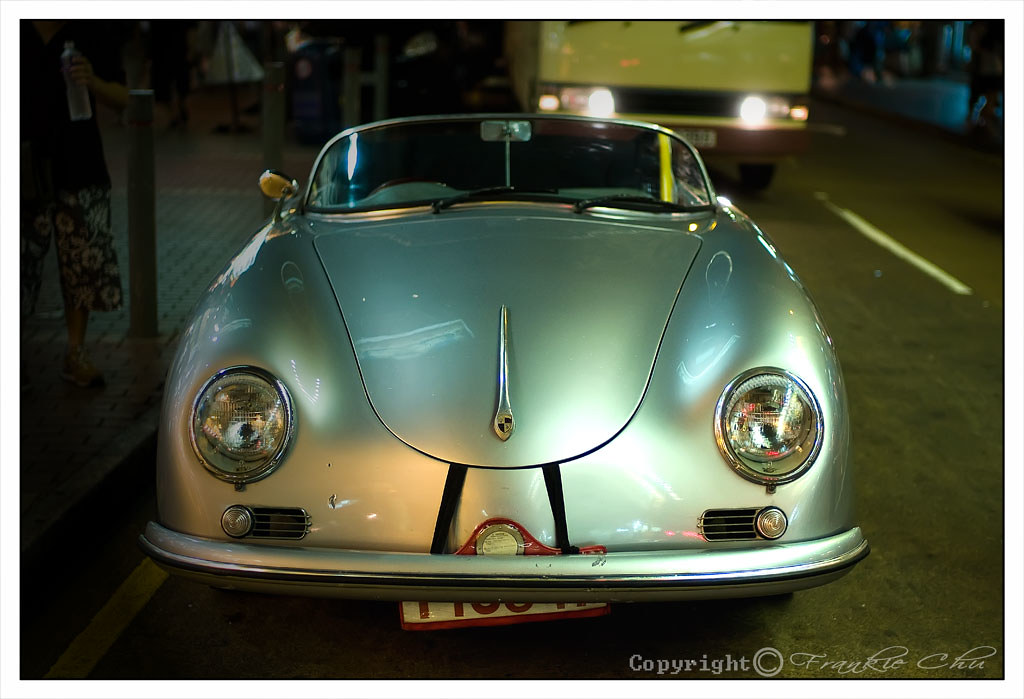
6. **Ensuring Brake System Safety**
A classic car’s braking system is, without question, one of its most critical components, fundamentally important for both safety and overall performance. At the core of this system, brake fluid plays an absolutely vital role, acting as the hydraulic medium that transfers force from the brake pedal to the brake components, thereby enabling effective and reliable stopping. Given the age and original design of many classic vehicles, they often utilize non-synthetic brake fluids, which have a propensity to absorb moisture over time, leading to significant complications.
This moisture absorption can result in the corrosion of internal brake components and, critically, a reduction in braking efficiency, making regular attention to this fluid indispensable. Experts recommend meticulously checking the brake fluid level and condition on a regular basis. If the fluid appears dark or contaminated, it is a clear indicator that it should be replaced without delay. While specific recommendations can vary, the typical interval for brake fluid replacement is every two years, a practice that helps maintain the integrity and responsiveness of the entire braking system.
Brake pads and rotors represent critical wear items directly responsible for a vehicle’s braking performance and safety. Regular inspection of these components is therefore absolutely necessary to ensure they remain in optimal condition. Brake pads should be rigorously checked for their thickness; pads measuring less than 3mm thick, or approximately 3/32 inch, are typically deemed in need of replacement to prevent potential damage to the rotors and ensure adequate stopping power. Any signs of uneven wear or cracking on the pads also warrant immediate assessment and likely replacement, as these indicate potential underlying issues.
Furthermore, the rotors themselves must be inspected for any scoring or warping, as a rough or uneven surface can significantly lead to poor braking response and pulsations through the pedal. If the rotors are found to be beyond the manufacturer’s minimum thickness specifications, their replacement is imperative to maintain optimal safety and performance. Comprehensive brake safety demands this regular attention, including checking that each wheel stops rotating when the brake pedal is engaged and spins freely when released, and vigilantly looking for any signs of leaking fluid in the brake lines, calipers, and wheel cylinders by carefully peeling back rubber dust covers. Flushing and replacing brake fluid every one to two years remains a critical step, as it prevents moisture absorption from reducing braking power, reinforcing the life of the braking system as a whole.
Read more about: Your Essential Compass: Navigating the Used Car Market with Confidence – The Ultimate Checklist for First-Time Buyers
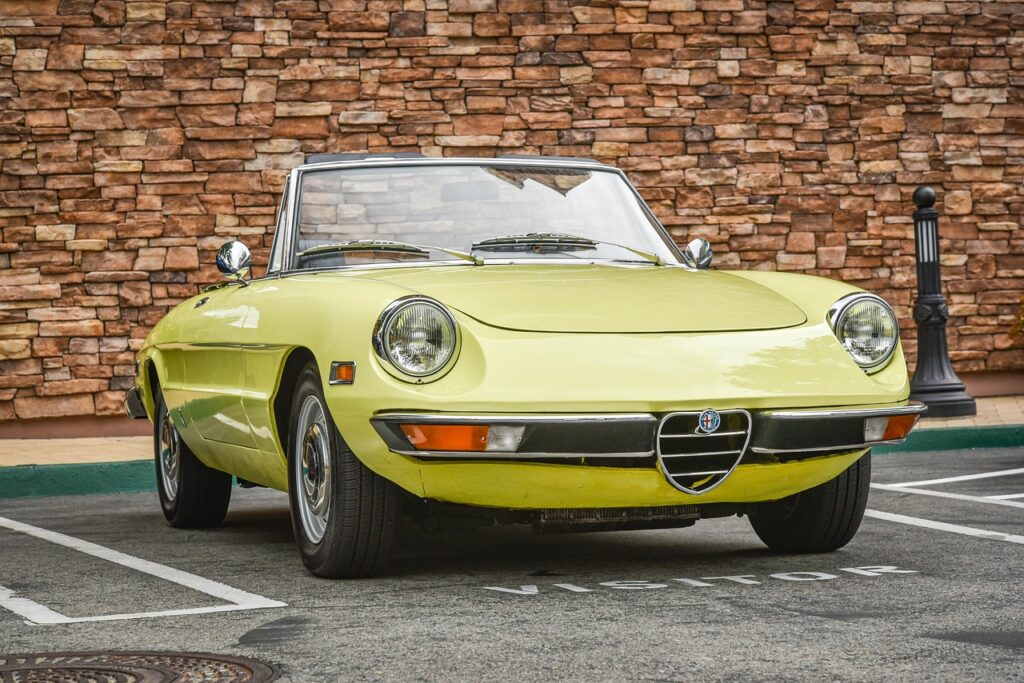
7. **Transmission and Drivetrain**
Maintaining the transmission and drivetrain in classic cars is crucial for optimal performance and longevity. These systems are responsible for efficiently transferring power from the engine to the wheels, ensuring smooth acceleration and reliable movement. Neglecting these components can lead to significant operational issues and costly repairs, impacting both the driving experience and the vehicle’s long-term value. Understanding their specific maintenance needs is paramount for any classic car owner committed to preservation.
Regularly checking and changing transmission fluid is essential for classic cars, as fluid quality directly affects shifting performance and overall transmission health. Experts suggest changing transmission fluid every 30,000 to 60,000 miles, but always refer to your owner’s manual for specific recommendations tailored to your vehicle’s make and model. Using the correct type of fluid is non-negotiable, as older transmissions may require specific formulations to function properly and prevent damage. Alongside the fluid, changing the transmission filter is equally important; it effectively captures debris and prevents contaminants from circulating and harming the delicate internal mechanisms.
Some classic vehicles may have a serviceable filter, while others require a complete transmission service to ensure thorough cleaning and replacement. Performing these tasks diligently and on schedule helps to avert expensive repairs down the line, ensuring your classic car operates smoothly and reliably. Beyond the transmission itself, the driveshaft and CV joints are pivotal components that bridge the gap between the transmission and the wheels.
Driveshafts and CV (Constant Velocity) joints transmit power effectively, and their integrity is vital for smooth power delivery and responsive handling. These parts should be inspected regularly for any signs of wear, such as grease leaks from the boots, unusual vibrations during acceleration, or strange noises, especially when turning. For classic cars, maintaining proper lubrication in CV joints is particularly crucial; the grease should be checked and replaced as necessary to prevent friction and premature failure. If any damage or excessive play is detected, timely replacement is absolutely essential to prevent further issues that could compromise driving safety and lead to more extensive repairs.
Read more about: Hybrid Cars in 2025: A Comprehensive Consumer Guide to Value, Performance, and Whether They’re Still Worth Your Investment
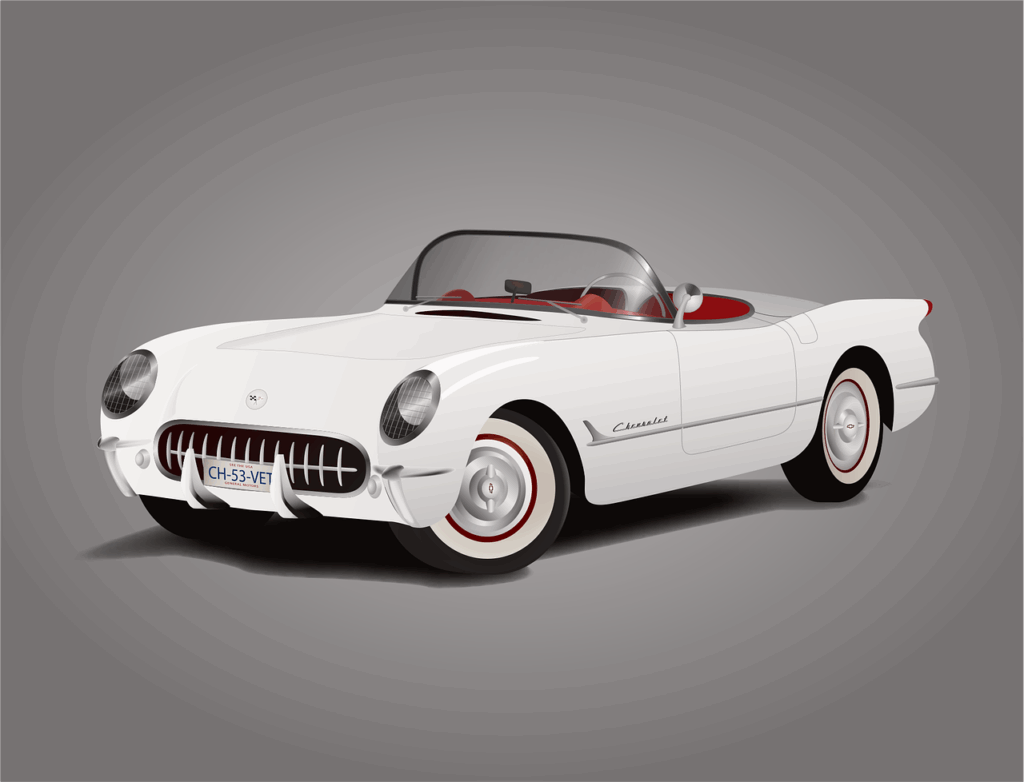
8. **Suspension and Steering Systems**
The suspension and steering systems are paramount for a classic car’s performance, safety, and the authentic driving experience it provides. These intricate networks of components work in harmony to deliver a smooth ride, precise handling, and predictable control, elements that define the pleasure of driving a vintage vehicle. Regular inspections and maintenance of these systems are critical to ensure they remain in optimal condition, preserving both comfort and crucial roadworthiness. Neglect here can quickly diminish ride quality, compromise safety, and lead to accelerated wear on other parts of the vehicle.
Shock absorbers, often simply called shocks, play a vital role in vehicle stability by dampening the impact of bumps and keeping the tires firmly in contact with the road. This continuous contact is absolutely critical for maintaining proper handling and braking effectiveness, especially on uneven surfaces. Owners should regularly inspect their shock absorbers for any visible signs of leaks, which often indicate internal seal failure. Other tell-tale signs of worn shocks include a noticeable drop in ride quality, excessive bouncing after hitting a bump, or uneven tire wear patterns that can point to insufficient dampening.
Beyond visual inspection for leaks, it’s also highly recommended to meticulously check the mounting points and bushings for any signs of deterioration or looseness. Replacing worn shocks can dramatically improve safety, enhance ride comfort, and restore the precise driving experience originally associated with your classic car. Equally important for control and safety is the steering linkage, the complex series of components that connect the steering wheel directly to the wheels.
Ensuring the integrity of the steering linkage is fundamentally vital for safe maneuverability and responsive steering. This involves a thorough inspection of critical components such as tie rods, pitman arms, and idler arms for any signs of wear, such as excessive play, looseness, or damaged boots. Proper lubrication of all joints within the steering system should never be overlooked, as it prevents premature wear and maintains smooth operation. Regular maintenance helps preempt steering issues that could compromise control, making prompt replacement of any worn parts crucial for preserving steering responsiveness and the inherent joy of driving your classic.
Read more about: Safety Shames: Unpacking the Hidden Dangers of 10 Iconic Classic Cars on Modern Highways
9. **Exterior Preservation**
Preserving the exterior of a classic car is arguably just as critical as its mechanical upkeep, directly contributing to its aesthetic appeal, historical accuracy, and ultimately, its enduring value. The timeless beauty of a vintage vehicle lies not only in its design but also in the pristine condition of its bodywork and paint. This dedication to exterior care goes beyond mere cosmetics; it’s a shield against environmental damage that can quickly degrade a cherished classic.
Rust is, without a doubt, one of the most formidable adversaries for classic cars, particularly those exposed to moisture, road salt, or fluctuating climates. Regular, meticulous inspections for even the earliest signs of rust are absolutely essential, especially in moisture-prone areas like the undercarriage, wheel arches, door sills, and around glass seals. Any small rust spots, bubbling paint, or blistering must be treated immediately to halt further corrosion, which can quickly spread and cause significant structural damage. Implementing preventative measures, such as applying a high-quality wax regularly to create a protective barrier against moisture, and ensuring all seams and joints are properly sealed, can go a long way in safeguarding your vehicle’s integrity.
Storing your classic in a dry, climate-controlled environment significantly minimizes the risk of rust formation, offering superior protection compared to exposed outdoor storage. For areas already heavily affected by rust, seeking professional treatment from a trusted auto body shop is often necessary, involving specialized techniques like sanding, priming, and repainting to restore the car’s appearance and provide lasting protection. Beyond rust, maintaining the original paintwork is key to preserving a classic car’s authentic look and value, demanding consistent care against harsh elements.
Effective strategies for paint protection include regular washing to prevent harmful substances from bonding to the paint, always using microfiber cloths during cleaning and waxing to prevent swirl marks. Investing in ceramic coatings can offer a durable, long-lasting layer that protects against chemical stains, UV damage, and minor abrasions, maintaining a deep, lustrous shine. For high-impact areas, the installation of clear films, often referred to as clear bras or PPF (Paint Protection Film) car wraps, can provide an almost invisible shield against chips and scratches, preserving the paintwork for years to come. Regular polishing and waxing not only enhance the shine but also create a vital protective barrier, making touch-ups simpler and addressing small imperfections before they escalate.
Read more about: Your Ultimate Guide to Keeping Your Car Pristine in Retirement: Expert Tips for a Spotless Ride
10. **Interior Restoration and Care**
The interior of a classic car is where much of its character truly shines, offering a tangible link to its era and significantly contributing to its overall appeal and value. Maintaining the dashboard, seats, upholstery, and trim in pristine condition is essential for preserving this historical ambiance and ensuring long-term aesthetic quality and functionality. Just like the exterior, the interior demands diligent and targeted care to protect it from the ravages of time, UV exposure, and general wear and tear.
For classic cars with luxurious leather interiors, regular cleaning and conditioning are absolutely essential to prevent cracking, fading, and deterioration. Begin by thoroughly vacuuming the seats and all crevices to remove accumulated dirt, dust, and debris, then follow up with a soft brush to gently dislodge any embedded particles. Utilize a pH-balanced leather cleaner, specifically designed for automotive use, applying it with a soft microfiber cloth to prevent harsh chemical reactions. After cleaning, a high-quality leather conditioner must be applied to moisturize the material, keeping it supple and protected from drying out.
For fabric upholstery, a gentle upholstery cleaner is often the best choice; always test it in an inconspicuous area first to prevent any potential discoloration or damage. It’s crucial to blot any stains immediately with a clean cloth, preventing them from setting, and for stubborn grime, a steam cleaner can be effective, provided it is safe for the specific material. Moving to the cockpit, the dashboard and trim pieces are often focal points of classic car interiors, and they require meticulous attention to maintain their good condition.
Regular dusting with a microfiber cloth is paramount for these surfaces to prevent the buildup of airborne particles that can cause abrasion. Always use a dedicated dashboard cleaner or a vinyl protectant for vinyl trims; these products are formulated to be gentle and effective, avoiding the damage that harsh household chemicals can inflict. If cracks or fading have begun to appear, considering a color-restoring dye suitable for your trim color can dramatically rejuvenate the appearance. A consistent cleaning and protection schedule for these elements will ensure they continue to look their best, contributing significantly to the car’s overall preserved charm.
Read more about: Navigating the Road to Safety: A Grandparent’s Guide to Choosing the Perfect Car Seat for Your Grandkids
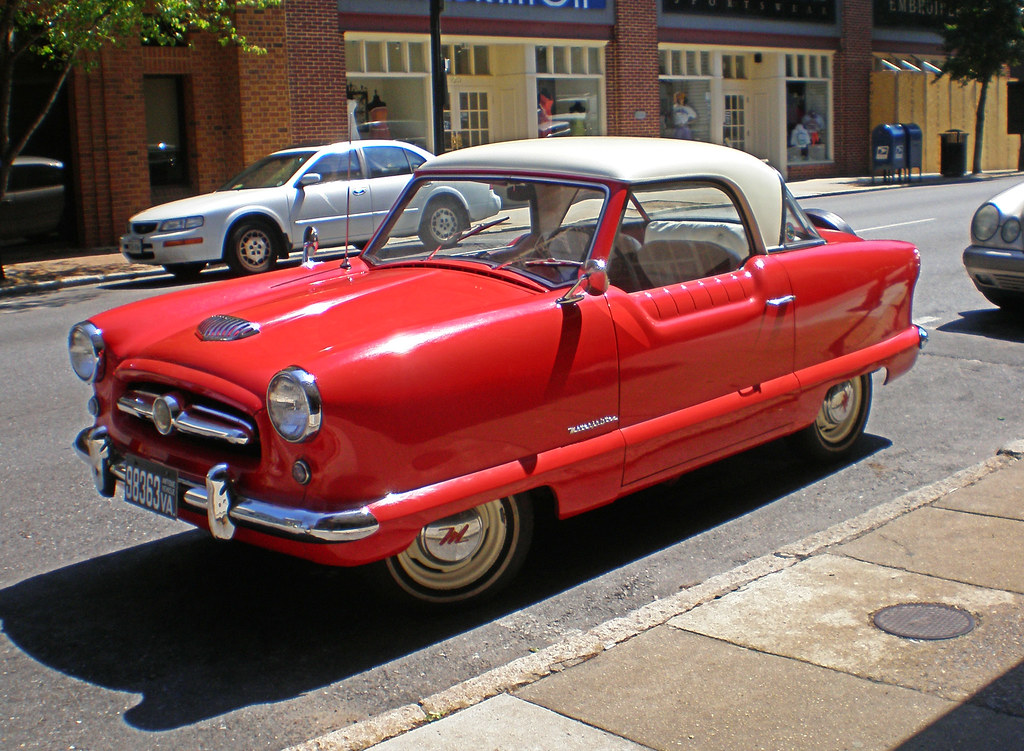
11. **Special Considerations for Storage**
While driving your classic car is undoubtedly one of its greatest joys, there will inevitably be times when long-term storage becomes necessary, whether for seasonal reasons or extended periods of inactivity. During these times, proper storage techniques are absolutely paramount to prevent damage, guard against environmental factors, and ultimately extend the lifespan of your cherished vehicle. Storing a classic car improperly can lead to a host of issues, from rust and electrical problems to flat spots on tires and degraded fluids.
When preparing a classic car for long-term storage, a thorough preparatory routine is essential. Start by giving the exterior and interior a comprehensive clean, removing all dirt, grease, and contaminants, followed by waxing the exterior to provide an additional protective layer. Next, change the engine oil and replace the oil filter; this prevents corrosive contaminants from sitting in the engine during dormancy. It’s also critical to fill the gas tank completely and add a reputable fuel stabilizer to prevent the fuel from deteriorating and causing carburettor or fuel system issues. Inflate tires to their recommended pressure to minimize the risk of developing flat spots, or ideally, lift the car off the ground using sturdy jack stands to relieve pressure on the tires and suspension.
Finally, ensure the battery is either disconnected to prevent drain or, even better, connected to a trickle charger or a dedicated battery maintenance device to keep its charge optimally maintained. This meticulous preparation ensures your classic car enters storage in the best possible condition, ready for its next outing. Beyond preparation, protecting your classic from environmental damage during storage is equally vital, as various external factors can significantly impact its condition.
Moisture stands as a primary concern, as it is a direct catalyst for rust formation and the growth of mildew on interior surfaces. To effectively control humidity, consider using a dehumidifier in the storage space, or strategically place desiccants to absorb ambient moisture. Direct sunlight is another silent assailant, capable of fading paintwork and causing irreversible damage to interior materials; storing the vehicle in a temperature-controlled garage or using a high-quality, breathable car cover with UV protection is highly recommended. Furthermore, pests such as rodents can cause extensive damage to wiring, upholstery, and other components, so sealing any openings in the storage area and employing traps or deterrents is a smart preventative measure. Regular, albeit brief, checks during the storage period can help owners catch potential issues early, averting more significant problems down the line.
Read more about: Navigating the Road to Safety: A Grandparent’s Guide to Choosing the Perfect Car Seat for Your Grandkids
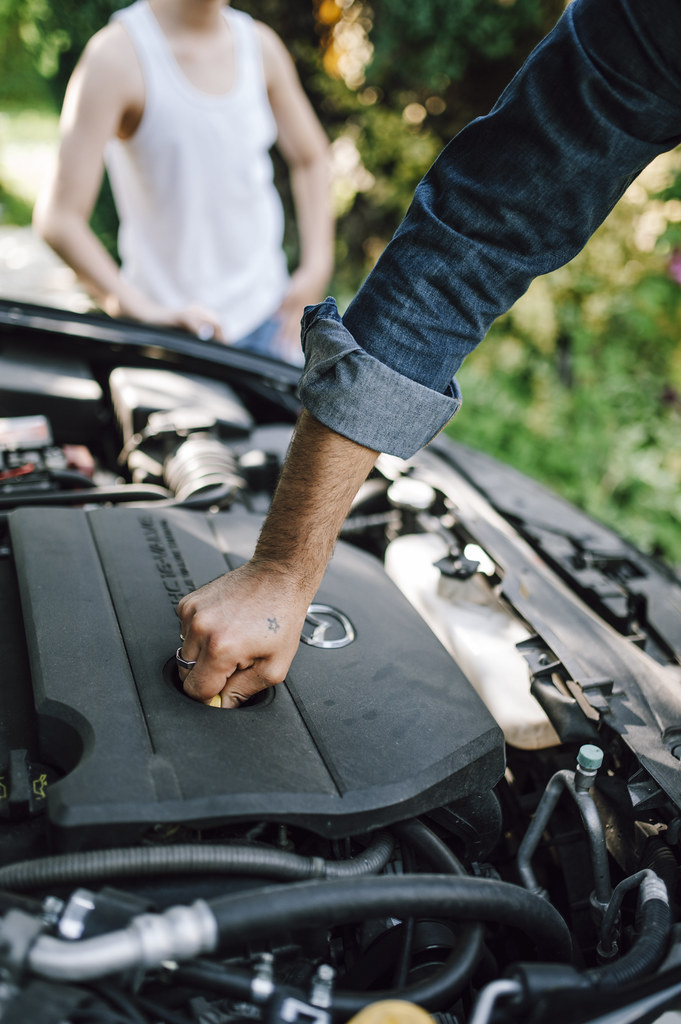
12. **Finding the Right Professionals for Your Classic**
While a significant part of classic car ownership involves hands-on maintenance, there will inevitably come a time when specialized expertise is required, whether for complex repairs, intricate restorations, or simply a discerning second opinion. Choosing the right professionals for your classic car is not merely a recommendation; it is a crucial decision that ensures your vehicle receives the appropriate care, leveraging knowledge specific to its make, model, and era. Entrusting your classic to experienced specialists guarantees that its heritage is respected, and its unique needs are met, leading to optimal longevity and value preservation.
When the scope of work extends to full-scale restoration or highly specialized repairs, finding a specialist with proven experience is paramount. Begin your search with thorough research, exploring online reviews, active classic car forums, and local car clubs, which are invaluable resources for personal recommendations and trusted contacts. Key questions to ask potential restorers include their specific experience with similar makes and models, their ability to provide references from past clients, and the warranty they offer on their intricate work. A truly qualified specialist will demonstrate transparency, openly discussing their processes and methodologies, which is essential for building the trust needed for such significant projects.
Beyond major restorations, knowing when to consult an expert mechanic for routine maintenance or emergent issues is equally important. While preventative care addresses many concerns, certain signs unequivocally signal the need for professional intervention, such as unusual noises emanating from the engine, persistent trouble starting the vehicle, or noticeable changes in handling or braking performance. An expert mechanic with a deep understanding of classic cars can quickly identify underlying problems, often possessing specialized knowledge regarding parts availability and effective sourcing strategies for vintage components. Adopting a proactive approach with regular consultations can significantly contribute to the car’s longevity, help preserve its value, and allow for early identification of issues, ultimately saving time, stress, and money.
A critical aspect of classic car maintenance that often requires expert navigation is sourcing the correct parts and supplies. Owners face a fundamental choice between authentic (OEM) and aftermarket components, each presenting distinct advantages and disadvantages. Authentic parts, made by the original manufacturer, guarantee compatibility and preserve historical authenticity but can be more expensive and have limited availability. Aftermarket parts, produced by third-party manufacturers, often offer significant cost savings and increased accessibility, though careful vetting is necessary to ensure quality and proper fit, preventing issues down the road. Weighing these pros and cons carefully ensures a well-researched choice that enhances performance while respectfully preserving the vehicle’s inherent character.
Developing a robust network of reliable suppliers is an invaluable asset in the classic car maintenance journey, simplifying the often-challenging task of sourcing specific components. Begin by identifying reputable local auto shops, specialized online retailers, and stores that specifically cater to classic cars; joining car clubs or enthusiast forums can also unlock a wealth of recommendations and insider resources. Building strong relationships with these suppliers often leads to better pricing, priority service, and access to hard-to-find components. Attending classic car shows and swap meets offers prime opportunities to connect with suppliers in person, gaining firsthand insights into parts availability and quality, effectively establishing a dependable support system for your timeless machine.
Read more about: Unlock Top Value: Simple Secrets to Getting the Best Price on a Car Vinyl Wrap and Mastering DIY Installation
Ultimately, keeping your classic car running for decades is a journey of passion, diligence, and continuous learning. By embracing these practical, authoritative maintenance practices—from understanding its unique needs to meticulous care of every system, and knowing when to call on expert professionals—you don’t just preserve a vehicle; you safeguard a piece of automotive history. This commitment transforms a beloved vintage machine into a reliable companion, ensuring it continues to turn heads and create new memories for generations to come, truly embodying the spirit of classic motoring on the open road.

